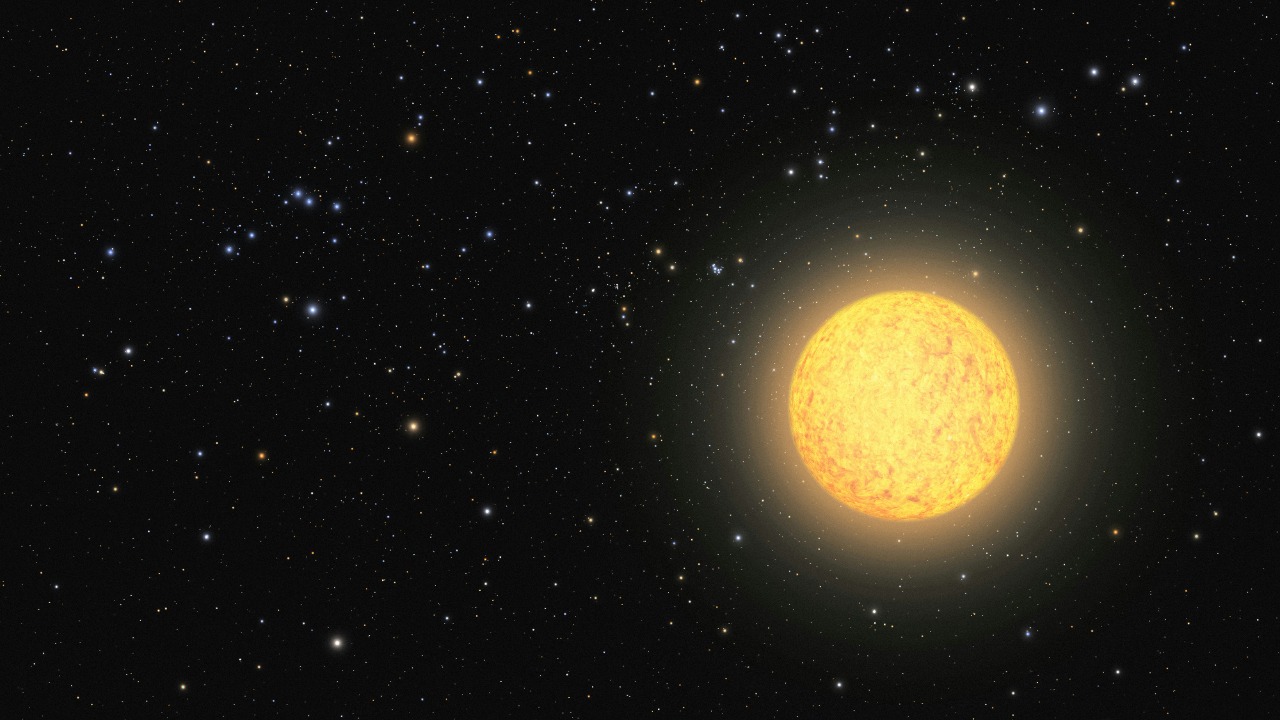
Recent astronomical observations have revealed a startling reality: aging stars are far more destructive to their orbiting planets than previously thought. This discovery, which challenges long-established models of stellar evolution, has significant implications for our understanding of the universe and the future of our own planet, Earth.
Stellar Evolution and Planet Orbits
Stars, like our Sun, undergo a life cycle that sees them transform from a main sequence star to a red giant. During this transition, the star’s outer layers expand, potentially disrupting the orbits of nearby planets. Observational techniques have detected polluted white dwarfs, the remnants of stars, showing signs of ingested planetary material. This evidence points towards aging stars as the primary culprits of planet destruction.
Orbital decay, accelerated by tidal forces, is another factor that contributes to the engulfment of planets. This process is particularly prevalent in close-in exoplanets, which are more vulnerable due to their proximity to their parent star.
Evidence from White Dwarf Atmospheres
Spectroscopy, a technique used to study the interaction between matter and electromagnetic radiation, has revealed the presence of heavy elements such as calcium and magnesium in the atmospheres of white dwarfs. These elements are indicative of recent planetary debris accretion, rather than being products of stellar fusion.
Key studies have shown that between 25-50% of white dwarfs exhibit pollution signatures, suggesting that planet destruction events have been widespread in the past billion years. These findings are based on surveys of hundreds of these stellar remnants, indicating that stars destroy their planets more often than previously thought.
Mechanisms of Planetary Engulfment
During the red giant phase, stars lose mass, which can widen the orbits of their planets. However, this process often fails to save inner worlds from eventual capture. The star’s bloated envelope exerts drag forces that spiral planets inward, leading to tidal disruption and atmospheric stripping.
Interestingly, the outcomes of this process can vary depending on the type of planet. Gas giants and rocky planets face different fates, with the latter being more likely to disintegrate upon approach.
Implications for Exoplanet Systems
This phenomenon significantly affects the architecture of mature planetary systems, reducing the number of surviving worlds around aged stars. It also introduces biases in exoplanet surveys, as destroyed planets leave no trace, potentially leading to an underestimation of such events.
These findings tie into broader discussions about the shifting of habitability zones over time. As stars age and destroy their inner planets, the habitable zone – the region around a star where conditions might be right for life – moves outward.
Our Sun’s Future Trajectory
Our Sun is projected to evolve into a red giant in about 7.5 billion years, expanding to nearly Earth’s current orbit. Simulations suggest that Mercury and Venus will be the first casualties of this process, with Earth potentially facing engulfment or severe orbital alterations.
However, uncertainties remain. Solar mass loss rates could either spare or doom the inner planets, and these rates are still a subject of ongoing research. The fate of our planet may well be tied to the outcomes observed in other stellar systems.
Lessons for Earth’s Long-Term Survival
Considering Earth’s potential vulnerability, scientists are evaluating possible escape routes. One such route is orbital expansion caused by solar wind drag, although recent data suggests this may not be sufficient to counter the heightened risks of destruction.
Other factors to consider include geological and biological resilience. For instance, plate tectonics or microbial life could play a role in a scorched but unengulfed Earth scenario. These considerations underscore the need for interdisciplinary research on planetary migration to refine predictions and better understand what the future holds for Earth.
More from MorningOverview